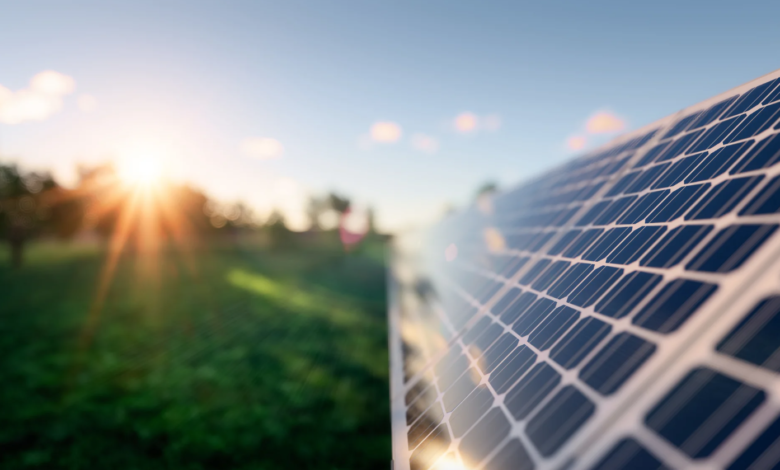Photovoltaic, here is the quantum material with an efficiency of 190%

New quantum material with an average solar absorption of 80%
Copper atoms are inserted between two-dimensional layers of germanium selenide and tin sulfide. This is the recipe developed by physicists Srihari Kastuar and Chinedu Ekuma in the laboratories of Lehigh University, in the United States, to give a boost to the performance of solar cells. The duo of researchers has thus created a new quantum material with interesting photovoltaic properties. Used as an active layer in a prototype cell the new material showed an average solar absorption of 80%, a high rate of generation of photoexcited carriers and an external quantum efficiency (EQE) record of 190%. According to scientists, the result achieved far exceeds the theoretical limit of efficiency of Shockley-Queisser for silicon-based materials and pushes the field of quantum materials for photovoltaics to new levels.
The external quantum efficiency
We have to make a point. External quantum efficiency should not be confused with conversion efficiency, the most famous data when talking about solar performance. The EQE represents the ratio of the number of electrons giving rise to a current in an external circuit to the number of photons incident at a specific wavelength.
read also Perovskite silicon tandem photovoltaic breaks a new record
In traditional solar cells, the maximum EQE is 100%, however in recent years some advanced materials and configurations have demonstrated the ability to generate and collect more than one electron from each incident high-energy photon, for an external quantum efficiency of more than 100%. The result of Kastua and Ekuma, however, is unique in the industry.
Intermediate band solar cells
For their work, two physicists started from a particular field of photovoltaic research. Let’s talk about intermediate band solar cells (IBSC – Intermediate Band Solar Cells), an emerging technology that has the potential to revolutionize the production of clean energy. In these systems, solar radiation can excite carriers from the valence band to the conduction band, as well as directly, also in a gradual manner. How? “Passing” precisely through states of an intermediate band, specific energy levels placed within the electronic structure of a material created ad hoc. “This allows a single photon to cause multiple generations of excitons through a two-step absorption process,” write the two researchers in the journal Science Advances.
In the new quantum material created by scientists at Lehigh University, these states have energy levels within ideal subband gaps. Once tested inside a prototype photovoltaic cell, the material showed that it could improve absorption and generation of carriers in the spectrum range from near-infrared to visible light.
The revolution of quantum materials
The duo developed the new material by exploiting the “van der Waals gaps“, atomic small spaces between two-dimensional layered materials. These spaces can confine molecules or ions, and material scientists commonly use them to insert, or “intercalate,” other elements to optimize material properties. Specifically, they inserted copper atoms between layers of germanium selenide and tin sulfide. “It represents a promising candidate for the development of next-generation high-efficiency solar cells – stressed Ekuma – that will play a crucial role in addressing global energy needs”.





